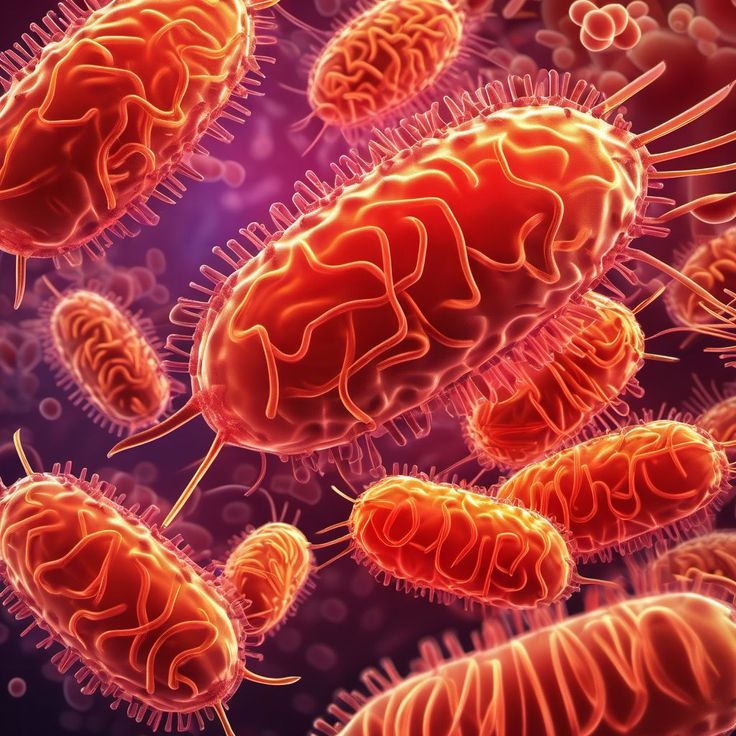Introduction
Salmonella is a type of bacteria that can cause food poisoning. It’s one of the most common causes of foodborne illness in the United States. According to the Centers for Disease Control and Prevention (CDC), salmonella bacteria cause about 1.35 million infections, 26,500 hospitalizations, and 420 deaths in the United States each year.

Salmonella infection, also called salmonellosis, is typically caused by eating contaminated food. Symptoms include diarrhea, fever, and stomach cramps. Most people recover without treatment, but some may need to be hospitalized. You can reduce your risk of salmonella infection by following safe food handling practices.
Causes of Salmonella
Salmonella bacteria live in the intestines of people and animals. They’re shed in feces. You can get infected with salmonella by:
- Eating contaminated food: The most common way to get salmonella infection is by eating food that’s been contaminated with the bacteria. This can happen if food isn’t cooked properly, if it’s handled by someone who’s infected with salmonella, or if it comes into contact with contaminated surfaces.
- Contact with animals: You can also get salmonella infection by coming into contact with animals that are infected with the bacteria. This includes farm animals, pets, and wild animals.
- Person-to-person contact: Salmonella infection can also spread from person to person, especially in settings where hygiene is poor. This can happen if an infected person doesn’t wash their hands properly after using the bathroom or changing a diaper, or if they prepare food for others.
Symptoms of Salmonella
Most people who get salmonella infection develop symptoms within 12 to 72 hours after being exposed to the bacteria. Common symptoms include:
- Diarrhea
- Fever
- Stomach cramps
- Nausea
- Vomiting
- Headache
Most people recover from salmonella infection without treatment within 4 to 7 days. However, some people may develop more severe illness, such as:
- Dehydration
- Bacteremia (blood infection)
- Reactive arthritis
Treating Salmonella
Treatment for salmonella infection typically involves rest and fluids. In some cases, antibiotics may be necessary. If you think you may have salmonella infection, it's important to see a doctor.
Preventing Salmonella
You can reduce your risk of salmonella infection by following these tips:
- Practice safe food handling: Cook food thoroughly to kill bacteria. Wash your hands thoroughly with soap and water after handling raw meat, poultry, or eggs. Wash fruits and vegetables before eating them. Don't cross-contaminate food by using the same cutting board or utensils for raw meat and other foods.
- Be careful around animals: Wash your hands thoroughly with soap and water after contact with animals, especially reptiles, amphibians, birds, and farm animals. Don't allow pets to lick your face or hands.
- Practice good hygiene: Wash your hands thoroughly with soap and water after using the bathroom, changing diapers, and before preparing food.

.jpg)